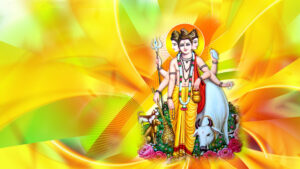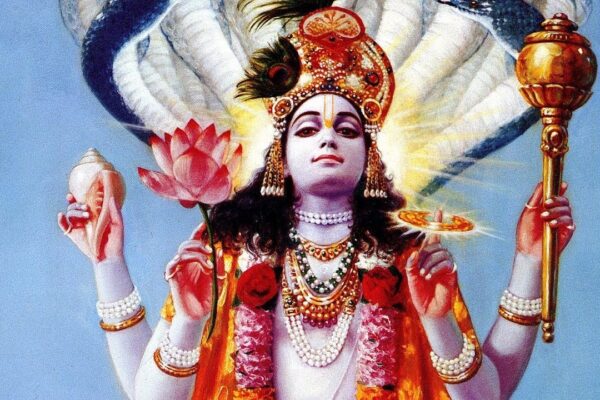Attachment. This is the phenomenon upon which all suffering in the material world is based. By becoming attached to objects of pleasure, to one’s comfort zone, to one’s habitual state of affairs, routine, outlook, and so on, one is condemned to suffering. This is because of the impermanence of the material world. No material object including https://www.julianalucky.com/story can exist forever. Everything that is created will sooner or later be destroyed. Moreover, even that which lies beyond the material – our own thoughts, feelings, perceptions, concepts, mental patterns, and so on – is also subject to constant change. And what yesterday man considered good, today he may consider evil, even though the external situation has not changed in any way. Because of the constant changes in the external and internal world of man, everything to which man becomes attached is sooner or later destroyed, or rather, modified. From the point of view of physics, nothing is created or destroyed, everything only transforms, i.e. changes one state into another. But these changes happen all the time.
which lies beyond the material – our own thoughts, feelings, perceptions, concepts, mental patterns, and so on – is also subject to constant change. And what yesterday man considered good, today he may consider evil, even though the external situation has not changed in any way. Because of the constant changes in the external and internal world of man, everything to which man becomes attached is sooner or later destroyed, or rather, modified. From the point of view of physics, nothing is created or destroyed, everything only transforms, i.e. changes one state into another. But these changes happen all the time.
Just as a rushing mountain river never retains a constant shape for a second. And even if one is under the illusion that some object has some steady, stable state, it is only temporary, and when this or that object changes its form – if there is attachment to that object – one will experience suffering. In the Yoga Sutras of Patanjali, special attention is given to such a quality as Vairagya. In Sanskrit, “vairagya” translates as “unattachment. Patanjali writes about this quality in Sutra 15, chapter one. In A. Bailey’s translation, the sutra reads as follows: “Unattachment is freedom from the desire of all objects of desire, earthly or learned from tradition, both here and in the future. A. Bailey offers a rather interesting translation, also revealing a concept of “freedom” that is often distorted in modern society.
Often the notion of freedom is understood as the ability to do whatever one wants while remaining unpunished. But first, this is impossible, even if external conditions would create the illusion of impunity, then there is the law of karma, the effect of which is inescapable, and second, true freedom is, as A. Bailey correctly wrote, freedom from “the desire of all objects of desire. A similar interpretation of the concept of freedom can also be found in the apostle Paul: “All things are lawful for me, but not all things are useful. Thus, freedom is the ability to act without the influence of one’s passions, affections, and desires. And it is true freedom that gives us such a quality as Vairagya.
and desires. And it is true freedom that gives us such a quality as Vairagya.
In A. Falkov’s translation of the 15th Sutra of Chapter One. Falkov says, “Complete liberation comes to him who desires nothing of the perceived object of sight or hearing. Why are only these two senses specified? The thing is that objects of lust are first perceived by these two senses, and then the other senses perceive them. About 90 percent of information a man receives through sight and hearing. And initial desire appears when a person sees an object of desire or hears about it. Through smell, touch, and so on, there is a secondary perception of the object of desire, which only supports the emergence of desire.
The fruits of non-attachment are discussed in the next sutra in this chapter, sutra 16. In Bailey’s translation, the sutra reads as follows: “The result of perfection in this unattachment is the exact knowledge of the spiritual man in liberation from the qualities or gunas. What is meant by “exact knowledge”? Swami Vivekananda’s translation explains it more fully: “Complete liberation from attachment is associated with detachment even from certain qualities and comes from knowledge of the true nature of the Purusha. The absence of attachment to anyone or anything comes from pure perception of reality and knowledge of Purusha.
So, attachments cause suffering because of the impermanence of the world around us. The state of non-attachment is a state of absolute freedom from suffering as well as from its causes. The state of non-attachment is the realization of the supreme reality, which itself is non-divine. The division of objects into pleasant and unpleasant, which is carried out by the mind and is purely subjective, leads to suffering. And the state of attachment occurs not only in the case of pleasant objects. The perception of this or that object as unpleasant causes attachment to attempts to avoid that object or to react negatively to it.
Thus, any dichotomy in relation to the world around us causes a sense of attachment. Only non-divided perception, which comes from the knowledge of the nature of Purusha, allows attachment to be eliminated. In turn, Vairagya makes it possible to master the principles of Yama and Niyama perfectly, because attachment is one of the main obstacles to following moral precepts. In turn, observing Yama and Niyama makes it possible not to accumulate negative karma by chasing attachment objects and to create positive karma by efforts in spiritual practice. Vairagya also facilitates this.
